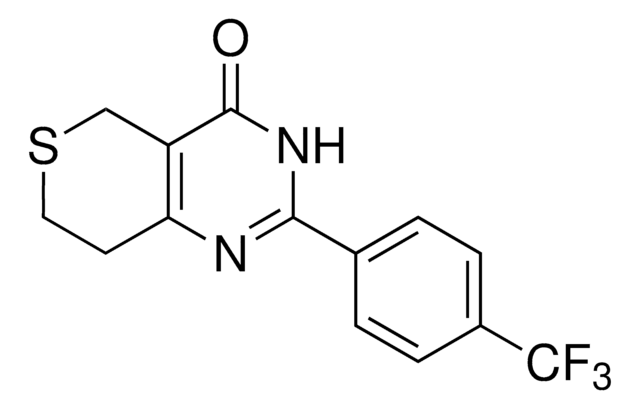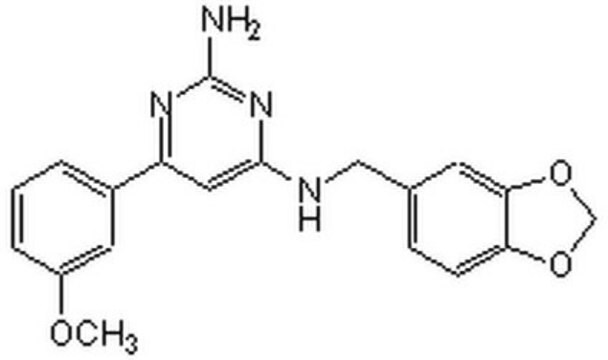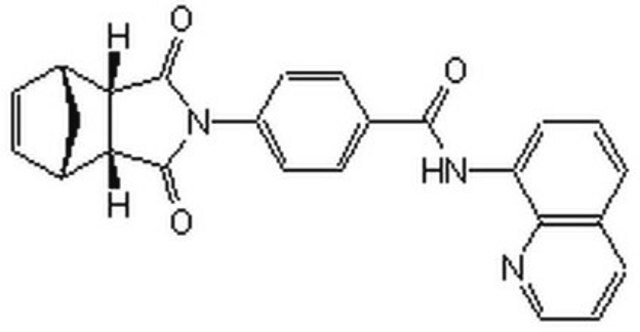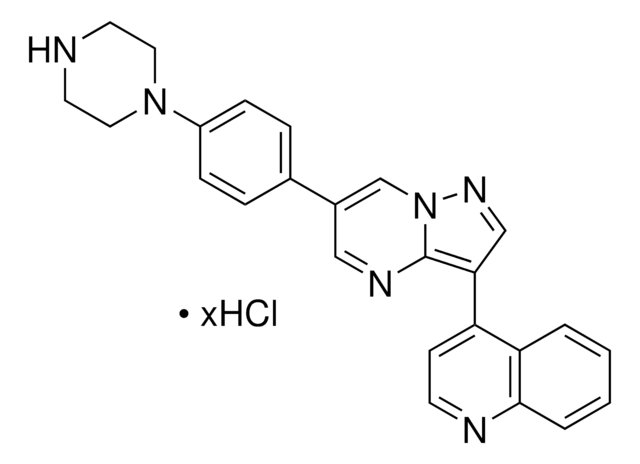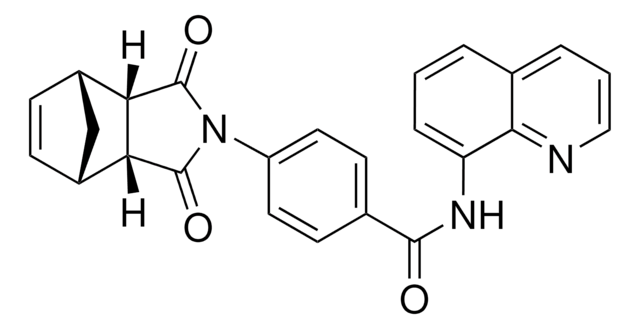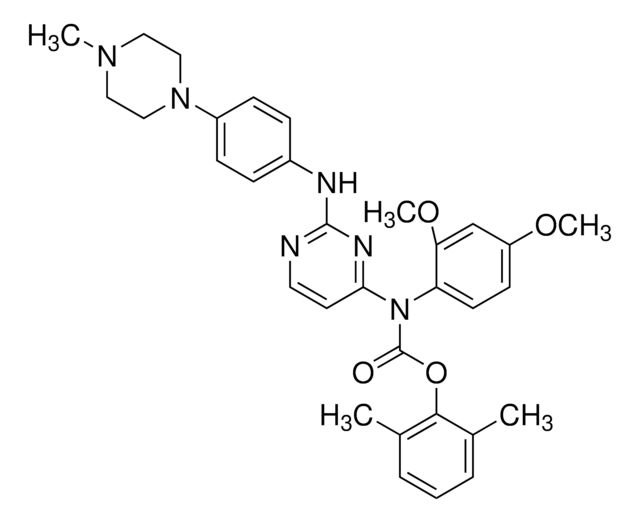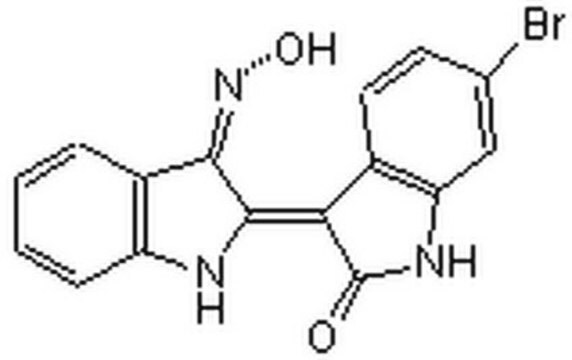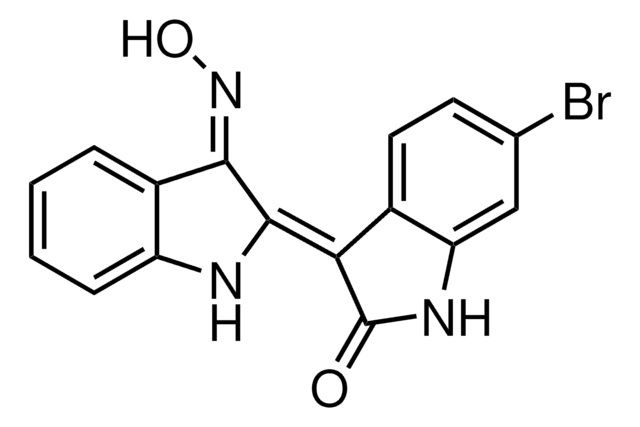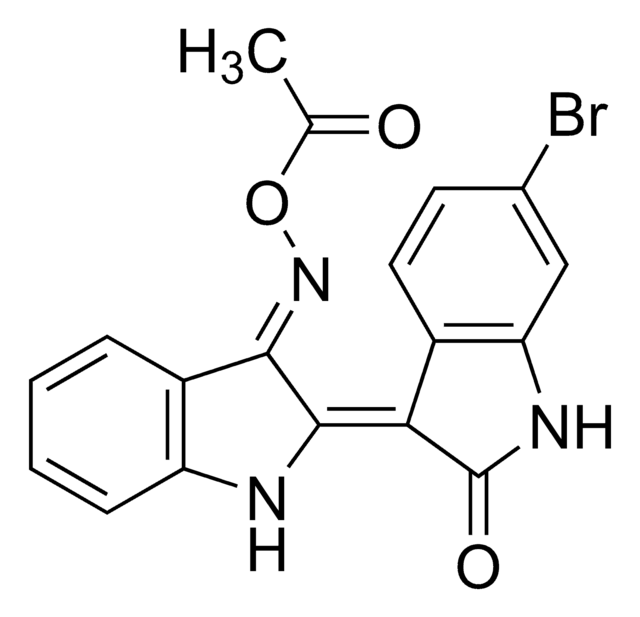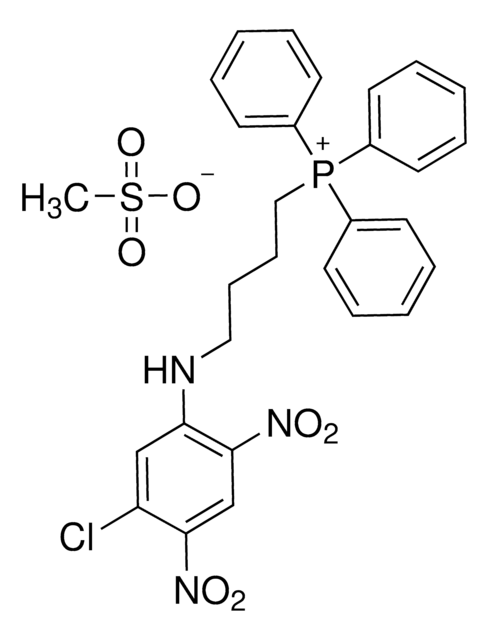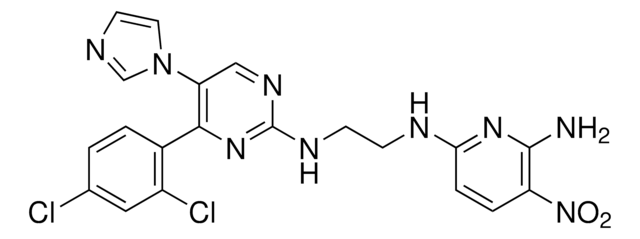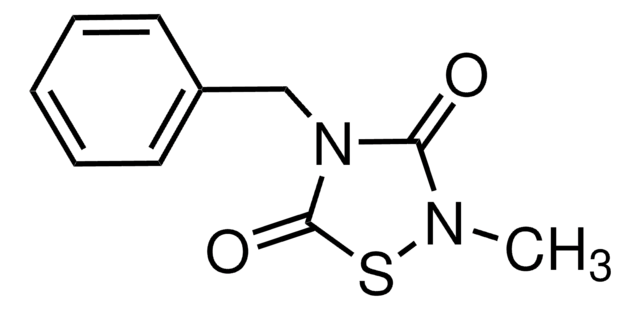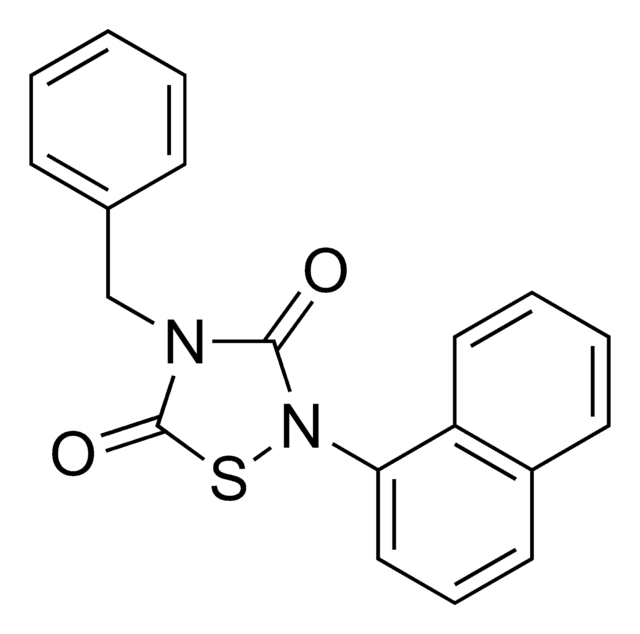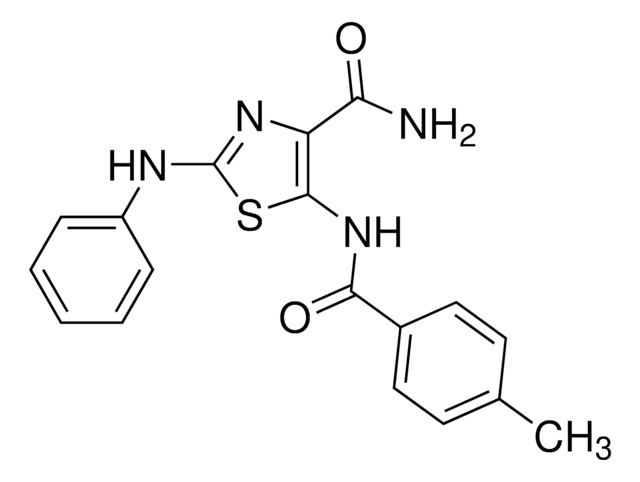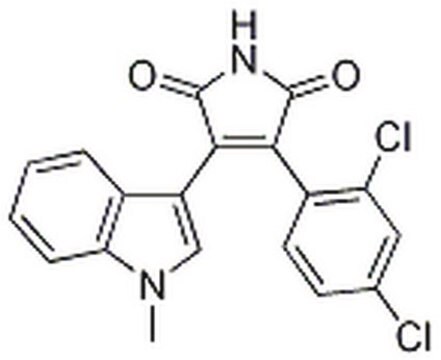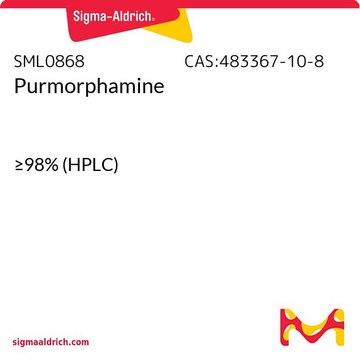B1686
BIO
≥98% (HPLC), powder, GSK-3α/β inhibitor
Synonym(s):
(2’Z,3’E)-6-Bromoindirubin-3′-oxime, 6-BIO, 6BIO
About This Item
Recommended Products
Product Name
BIO, ≥98% (HPLC)
Quality Level
assay
≥98% (HPLC)
form
powder
storage condition
protect from light
color
dark red
solubility
DMSO: >5 mg/mL
shipped in
wet ice
storage temp.
2-8°C
SMILES string
O\N=C1\C(Nc2ccccc12)=C3\C(=O)Nc4cc(Br)ccc34
1 of 4
This Item | SML0531 | 361550 | SML2573 |
|---|---|---|---|
| form powder | form powder | form solid | form powder |
| Quality Level 100 | Quality Level 100 | Quality Level 100 | Quality Level - |
| storage temp. 2-8°C | storage temp. 2-8°C | storage temp. 2-8°C | storage temp. 2-8°C |
| solubility DMSO: >5 mg/mL | solubility H2O: 2 mg/mL (clear solution, warmed) | solubility DMSO: 5 mg/mL | solubility H2O: 2 mg/mL, clear (warmed) |
| storage condition protect from light | storage condition - | storage condition OK to freeze, protect from light | storage condition - |
Application
Biochem/physiol Actions
Features and Benefits
Packaging
Legal Information
Storage Class
11 - Combustible Solids
wgk_germany
WGK 3
flash_point_f
Not applicable
flash_point_c
Not applicable
ppe
dust mask type N95 (US), Eyeshields, Gloves
Choose from one of the most recent versions:
Certificates of Analysis (COA)
Don't see the Right Version?
If you require a particular version, you can look up a specific certificate by the Lot or Batch number.
Already Own This Product?
Find documentation for the products that you have recently purchased in the Document Library.
Customers Also Viewed
Articles
Naive pluripotent stem cells are located within the epiblast of mature blastocysts. These primitive “ground-state” cells may be cultured in vitro using specialized media and small molecule inhibitors.
Cancer stem cell media, spheroid plates and cancer stem cell markers to culture and characterize CSC populations.
Related Content
Discover Bioactive Small Molecules for Kinase Phosphatase Biology
Our team of scientists has experience in all areas of research including Life Science, Material Science, Chemical Synthesis, Chromatography, Analytical and many others.
Contact Technical Service